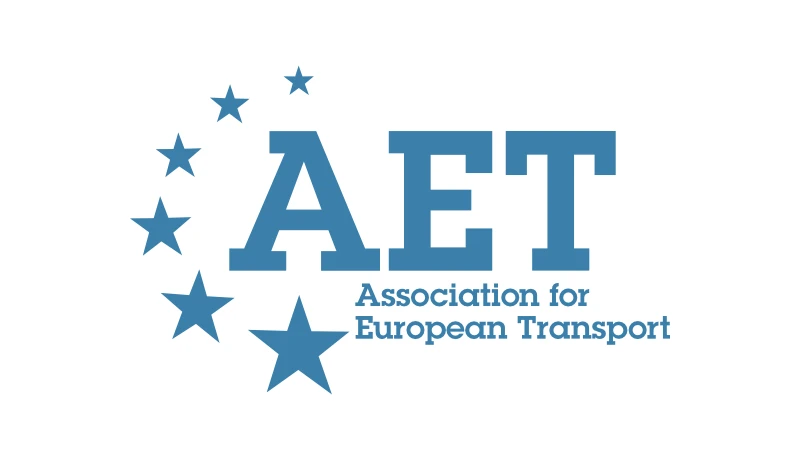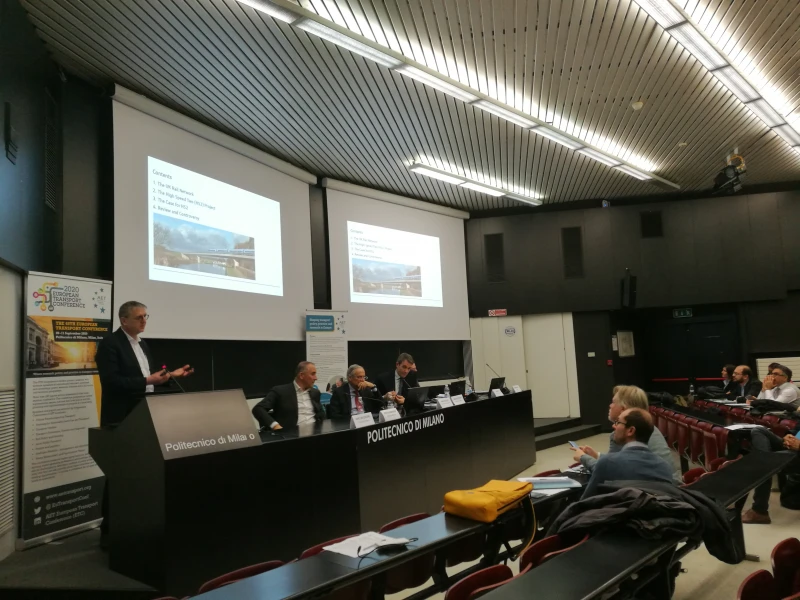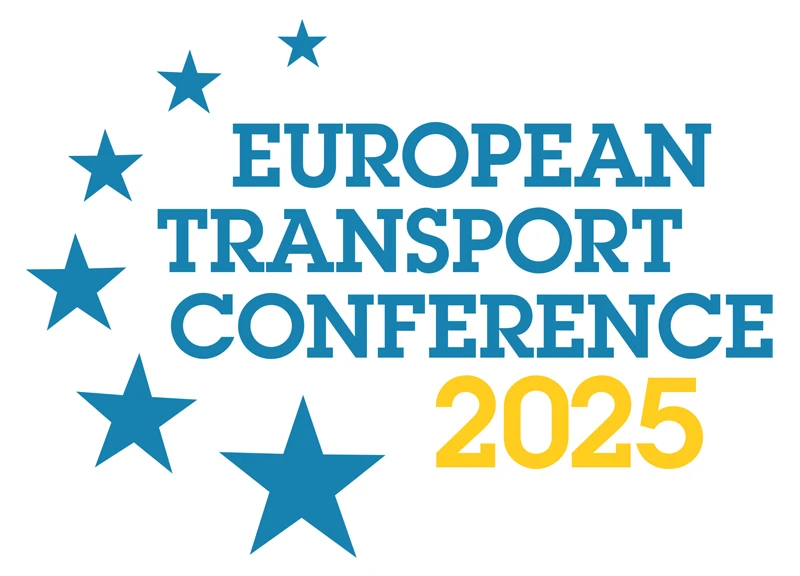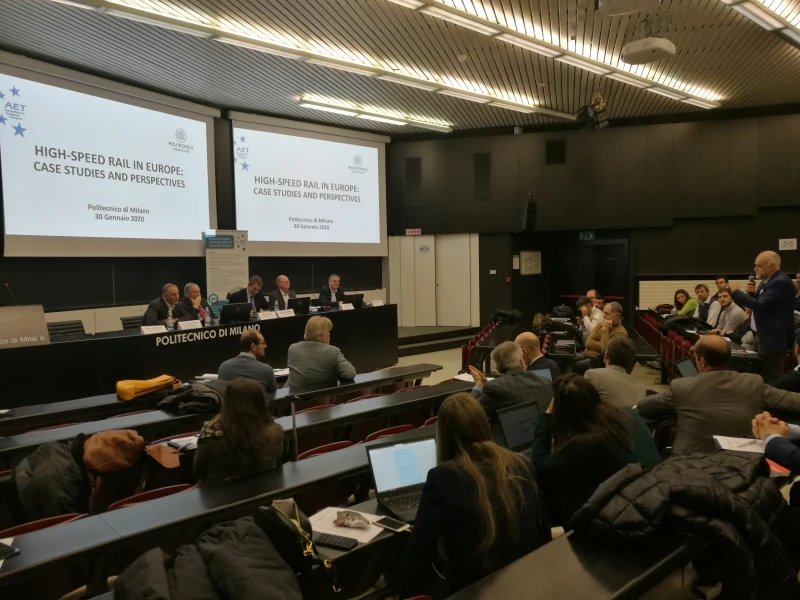-
Past ETC Papers
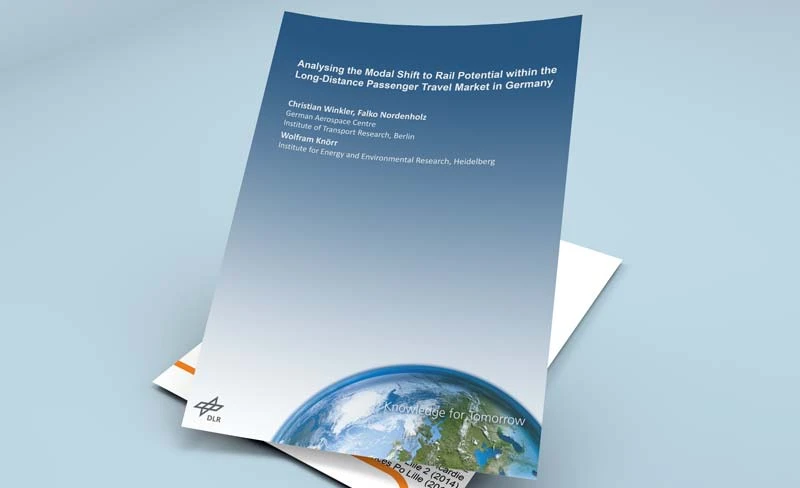
Browse, search and view papers from the past AET Conferences.
-
Members' Area

AET promotes networking and exchange of ideas, information and opportunities amongst members.
Conference Papers 2006
Strasbourg, France
ETC Conference Papers 2006
A latent route choice model in Switzerland
Seminar
Day 1 (18 Sep 2006), Advances in Discrete Choice Models, Discrete Route Choice Models, 10:30 - 11:00
Status
Accepted, awaiting documents
Authors
M Bierlaire, E Frejinger, J Stojanovic, Ecole Polytechnique Fédérale de Lausanne, CH
Short abstract
A latent chosen route is such that an exact description is not available. Instead, travelers describe their choice as a sequence of locations that they have traversed, without the need to relate the actual network used by the analyst.
Abstract
Modeling travelers' route choice behavior is important in many contexts (e.g. intelligent transport systems and transportation planning) but presents several difficulties, like the large size of the choice set, and the structural correlation among alternatives. Various authors, including Cascetta et al.
(1996), Ben-Akiva and Bierlaire (1999), Vovsha and Bekhor (1998) and Frejinger and Bierlaire (2006) have proposed several solutions to handle
these difficulties.
In this paper we present a route choice modeling approach with latent chosen routes which can be combined with the models proposed in the literature. A latent chosen route is such that an exact description is not available. Instead, travelers describe their choice in terms of a sequence of locations and cities that they have traversed, without the need to relate the actual network used by the analyst. On the one hand, this technique improves the quality of the responses provided by the interviewees. Indeed, providing an accurate description of chosen routes is difficult and subject to structural errors. On the other hand, it complicates
the role of the analyst.
In a study of long-distance route choice behavior in Switzerland, revealed preferences data has been collected through telephone interviews.
The respondents were asked to describe their last long distance (over 20 km) car trip with the name of the origin and destination cities, as well as
intermediate cities or locations on the chosen route. Hence, the observed choices correspond to sequences of zones in the route network, and the exact chosen routes are unknown, that is the choice is latent. A direct application of existing route choice models is therefore not possible. The problem of analyzing choices that are not directly observed has
been of interest in other studies. Ben-Akiva and Lerman (1985) discuss the problem in the context of shopping destination choice. Ben-Akiva et al.
(1984) estimate choice models for label paths but where the choice of physical path is observed. Toledo et al. (2003) analyze lane changing behavior
where the choice of target lane is unknown and only the lane changing action is observed.
The observations at hand can be viewed as an aggregate of alternatives (a set of paths) from the route choice model. There are two ways of modeling this situation. First, the route choice model could be replaced by a
model capturing the choice of "aggregates". Such a model would however be of limited use in practice. Second, the likelihood of an (aggregate) observation can be computed with an underlying route choice model using a detailed network description and actual paths. We adopt the latter.
In this context, not only several routes can correspond to the same observation, but the exact origin-destination pair is not necessarily known.
We therefore consider several possible origin-destination pairs and their associated set of routes, generated by a choice set generation algorithm.
We derive from this list the likelihood of each observation, in order to perform the maximum likelihood estimation of the route choice model.
We present estimation results of different route choice models based on 1200 observations from the survey conducted in Switzerland. In this application, the paths are defined by sequences of postal codes. The lengths of the sequences are between 3 and 5 zones, including the origin and the destination.
Documents:
No documents yet.
Association For
European Transport
Forester House
Doctors Lane
Henley-in-Arden
Warwickshire, UK
B95 5AW
+44 (0) 15 64 793552
VAT number: 710 1866 64
Conference Supporters & Endorsers

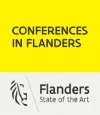


Legal Entity
The Association for European Transport is registered as an Association ('vereniging') with the Chamber of Commerce for Haaglanden in The Netherlands under company number 27170096.
Built on Zenario

